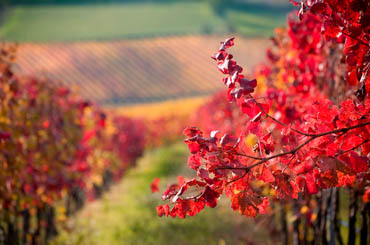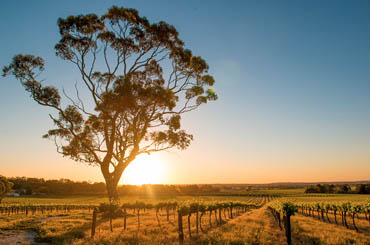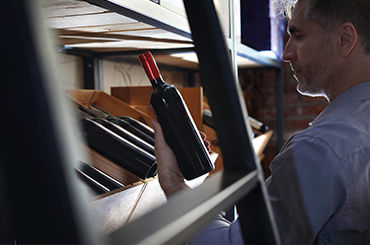It is important to understand that Australia has no areas of terroir and climate that are precisely similar to those of France (or any other country), and that the reverse is equally true. This can lead to the statement that even if an Australian winemaker tried to exactly copy a similar French wine it could not do so (true), and that it follows that any comparison between French and Australian wine is either futile or invalid (untrue).
Why is it untrue? First, because wine is a truly global commodity, and in restaurants and retail wine shops around the world the customer is confronted with choosing between wines from different countries and regions. This will be impossible if the customer has no idea whatsoever how two wines made from the same variety and similar age will differ from each other.The importance of measure; style and quality
Even more importantly, there has to be a yardstick, a point of comparison: it is true of the Olympic 100-metre sprint record; of Tiger Woods’ golf skill; of a luxury sports car; chess; the list is endless. So it is that most agree that Bordeaux makes the greatest cabernet sauvignon and/or merlot red wines, Burgundy the greatest pinot noir wines (Red Burgundies) and the greatest chardonnay wines (White Burgundies/Chablis), the northern Rhône Valley the greatest shiraz wines, the southern Rhône Valley the greatest grenache wines, the Loire Valley the greatest sauvignon blanc and chenin blanc wines, Alsace and Germany the greatest riesling wines, dry or sweet, Bordeaux the greatest sweet and dry sauvignon blanc semillon blends (Sauternes), and Champagne the greatest sparkling wines. But in each case they are not the only examples; similar wines are made elsewhere in the northern and southern hemispheres, which gives them a universal currency, like the euro or the US dollar, and increases consumers’ interest – and their ability to make outright quality comparisons (regardless of cost) or value-for-money comparisons (factoring in both quality and price).It is important to understand that Australia has no areas of terroir and climate that are precisely similar to those of France (or any other country), and that the reverse is equally true. This can lead to the statement that even if an Australian winemaker tried to exactly copy a similar French wine it could not do so (true), and that it follows that any comparison between French and Australian wine is either futile or invalid (untrue).
Breed or pedigree
There is also a less easily measured value: pedigree. The English wine trade has an expression, ‘One glimpse of the label is worth 20 years’ experience in the business.’ If you see the label is Château Lafite or Domaine de la Romanée-Conti or Dom Pérignon you will automatically rate the wine more favourably; if it is a wine you have never heard of, or know is not expensive, your bias will be against it.Blind tasting
Thus, in seeking to learn more about the world of wine, when tasting and comparing wines of a similar style or varietal composition, place a cover over the labels (preferably the whole bottles) and write a reference (e.g. 1, 2, 3, etc) on each of the covers after the bottles have been moved randomly.You then taste, compare and rank the wines. If you are part of a group (say 6–10 people), sharing the cost of the bottles (with as large a range in price as you can afford), with at least some French wines which are well known, this is a very good teaching method. The covers are then removed, and you will see your own preference rating; if there is no issue of embarrassment, everyone calls out their ranking, and you thereby come up with a group preference ranking. First, because wine is a truly global commodity, and in restaurants and retail wine shops around the world the customer is confronted with choosing between wines from different countries and regions. This will be impossible if the customer has no idea whatsoever how two wines made from the same variety and similar age will differ from each other.







